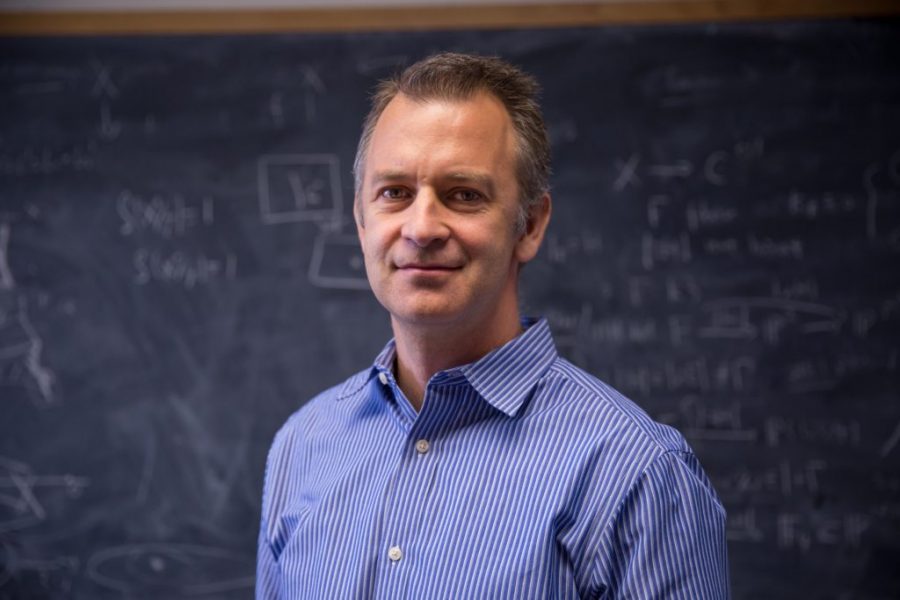Christopher Hacon, a professor at the University of Utah, was awarded the 2018 Breakthrough Prize in Mathematics — one of a set of international awards sometimes dubbed the “Oscars of Science.”
The prize, first awarded in 2012, was founded by tech and business magnates, including Facebook’s Mark Zuckerberg and Google’s Sergey Brin, and contains three categories — Life Sciences, Fundamental Physics and Mathematics. While honoring great scientific achievements, the prize is also meant to inspire upcoming scientists of the next generation. Past laureates include theoretical physicists Andrew Strominger and Stephen Hawking, as well as medical researcher Huda Yahya Zoghbi.
Candidates are nominated by the public through an online form, then former recipients of the prize choose the new laureates. Breakthrough Prize recipients are awarded $3 million, a trophy that they accept at a globally televised ceremony in Silicon Valley and an opportunity to participate in a series of lectures and discussions the day following the ceremony.
This year’s awards ceremony, hosted by Morgan Freeman, recognized Hacon, along with James McKernan of the University of California, San Diego. Both prizewinners made large strides in algebraic geometry — the field that connects polynomial equations of algebra with the language and problems within geometry.
“Over the last ten years, Christopher — and his collaborator James McKernan — have solved some of the most important problems in algebraic geometry,” said Peter Trapa, who was the chair of the Department of Mathematics Department during Hacon’s research. “These are advances that everyone in the subject has been dreaming about since the 1980s. Christopher has also been an outstanding mentor to his graduate students and postdocs, placing many in leading academic positions.”
According to the Breakthrough Prize website, Hacon was awarded specifically for “transformational contributions to birational algebraic geometry, especially to the minimal model program in all dimensions.”
Hacon and McKernan applied their foundational knowledge of algebra to focus on objects that existed in more than three dimensions.
“Algebraic geometry is the study of solutions to polynomial equations,” Hacon said. “These equations define geometric shape. For example, x^2+y^2+z^2=1 is a sphere. We study systems of many equations in many variables, so the solution sets can be very high dimensional objects, impossible to draw or even accurately visualize. Nevertheless, we were able to show that for any fixed dimension and fixed positive volume there are only finitely many possible shapes for these solution sets.”
Hacon grew up in Europe and began teaching at the U in 2002. He is a decorated mathematician, having previously won the 2016 E.H. Moore Research Article Prize, the 2015 Distinguished Scholarly and Creative Research Award from the U, the 2011 Antonio Feltrinelli Prize in Mathematics Mechanics and Applications, the 2009 Frank Nelson Cole Prize in Algebra and the 2007 Clay Research Award.
As for the $3 million dollar prize money, Hacon has already given some thought to what he will do with it.
“After donating to several nonprofits, paying taxes and paying the house off, [I plan] to spend it on my six kids.”
@jacqmumford



